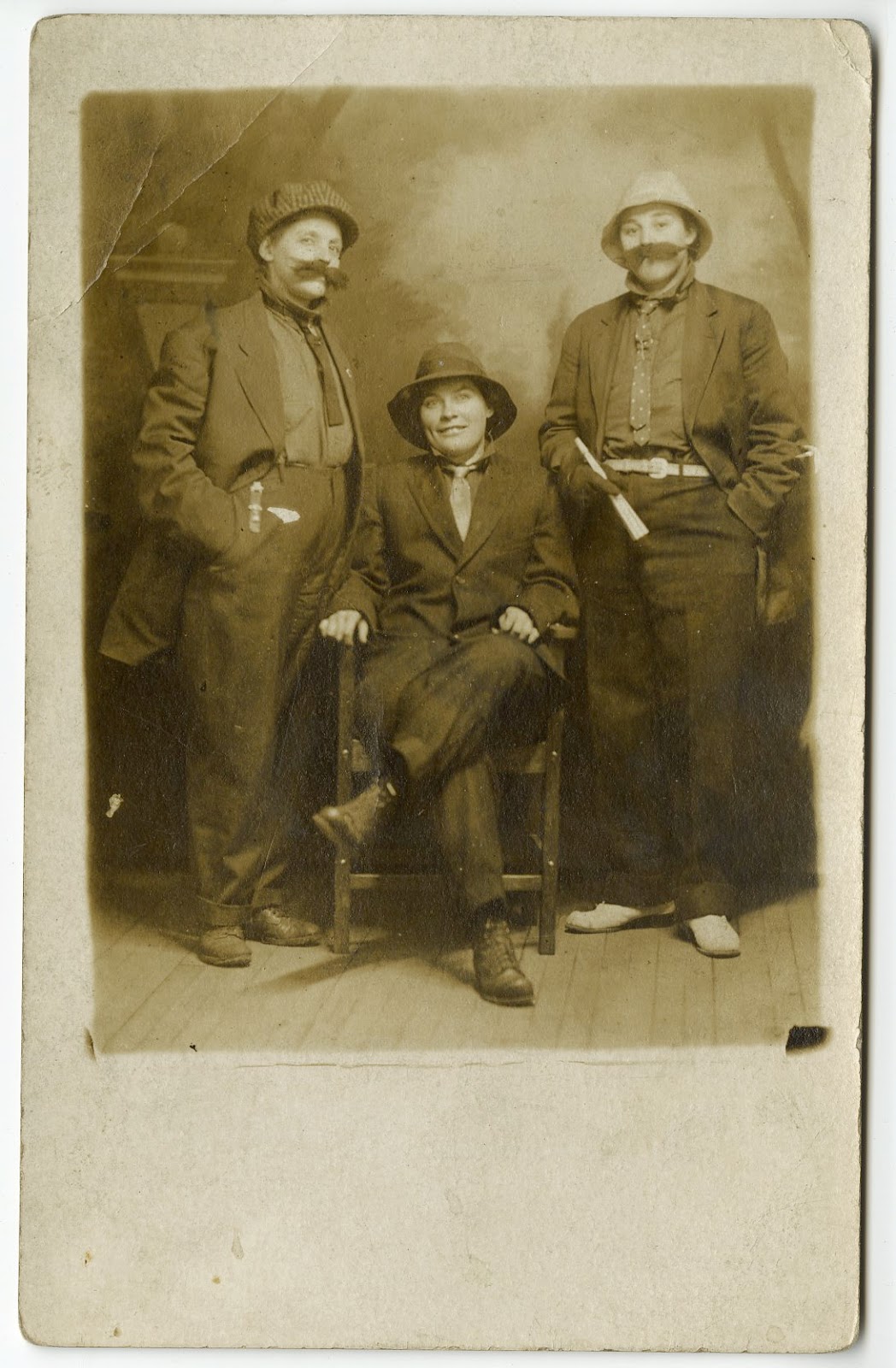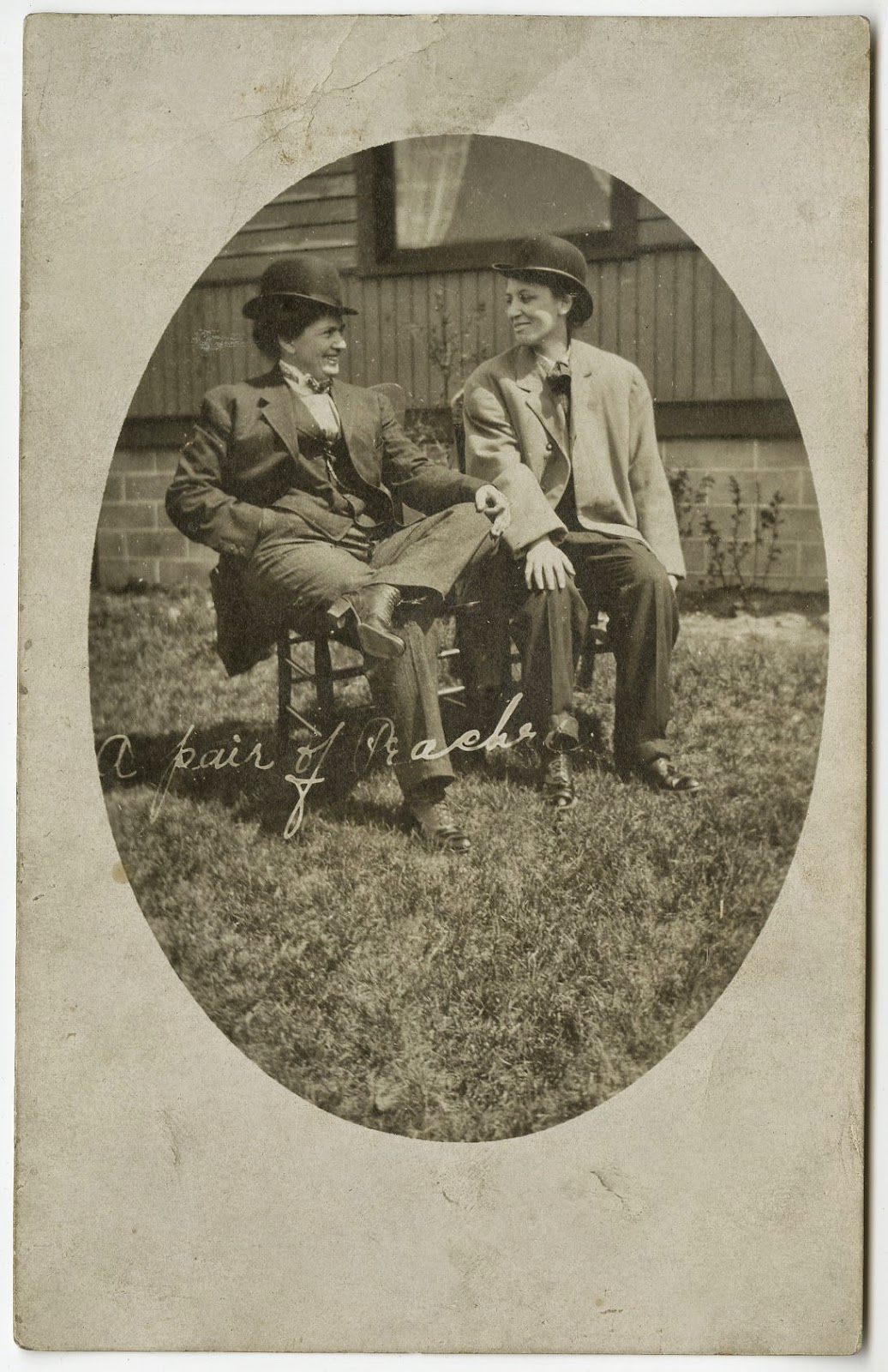Post by Jayne Ptolemy, Manuscripts Curatorial Assistant
In mid-July 1860, travelling salesman George P. Slade wrote a letter to a female correspondent about his experiences plying his trade in the Midwest. In his attempts to sell fruit trees, he covered a great deal of territory, including the Illinois prairies which “spread out like a map before me as far as the eye could trace.” He also encountered a wide range of people, from struggling farmers to a dulcimer salesman. Slade had a gift of the gab, and people offered up stories to him, including one man who described how he met his wife. “…he said that he got acquainted with her when she was dressed in mens cloths and chopping cord wood. Her father had abused her and she put on men’s clothes and went to work at wood chopping and no one knew she was a woman until her father came after her.” Slade goes on to state that the man “admired her spunk, courted and married her.” This letter from the Clements’s American Travel Collection speaks to the power of clothing as a form of protection. We never learn the woman’s name, but we gain a sense of her determination to avoid mistreatment by co-opting a degree of male privilege through the use of masculine clothing.
The Library cares for a number of items that speak to the social power of dress. Our Geo. F. Mahoney Journal is an especially compelling example. The author documented travel in the western United States but never recorded their gender. Multiple entries reflect people’s confusion about the journal writer’s masculine clothing. In May 1930, while in Fairbury, Nebraska, Geo. wrote, “I have on hiken suit, every body say look at the woman.” A few days later, Geo. continued, “Two girls picked me up in their car, saying wish we could act the boy like you.” The focus on Geo.’s gender ambiguity continues throughout the journal. An entry dated July 30th, 1930, in Farmington, Washington, reads: “Every body says I am a w- in mens clothes.” The journal concludes with a copied letter, where Geo. acknowledged, “Peopl Don’t know if I am a HE OR A SHE. I have been arrested 7 times for wearing men’s clothes.” While never directly commenting on gender identity, the journal attests to the hardships caused by ambiguities of gender and dress.
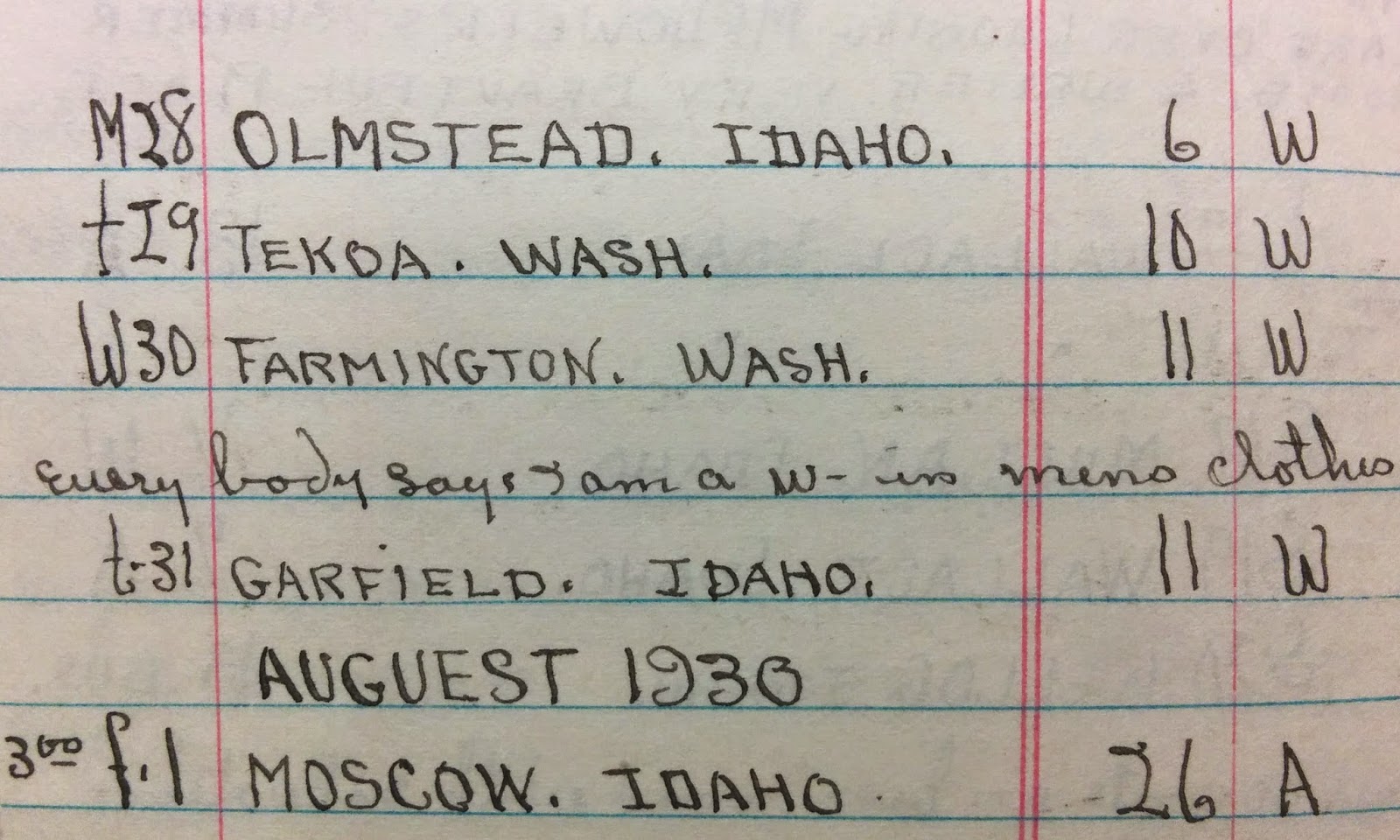 |
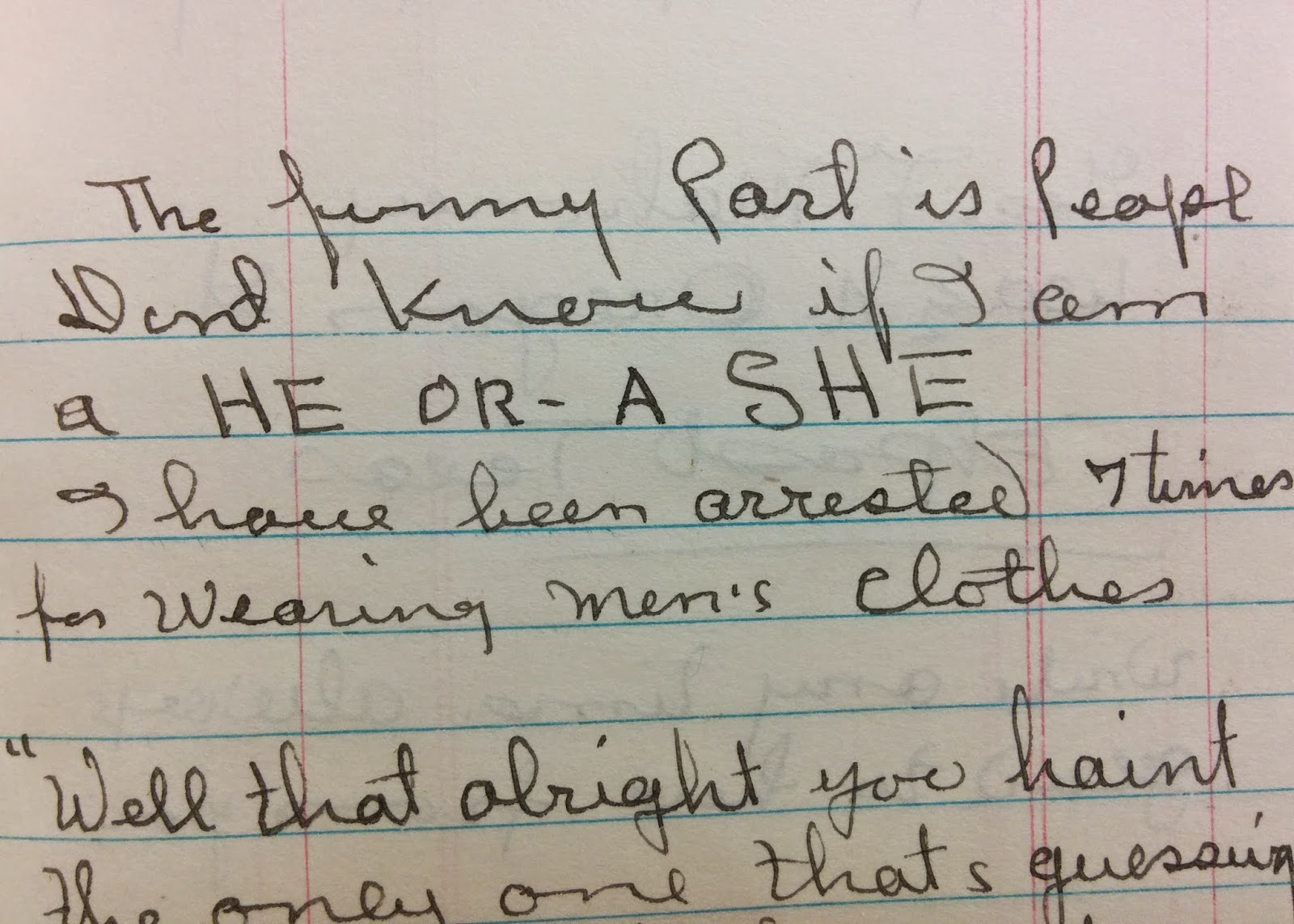 |
|
Geo. F. Mahoney Journal, William L. Clements Library
|
|
While men’s fashion could protect women or serve a vital role in people’s self-identification, the Library also has examples of more playful uses of clothing. The Edward Missling Photograph Album, ca. 1900-1908, includes several images of women dressed in men’s clothing. Two parallel photos of a group of three ladies features them dressed as men in one sitting and as women in another.
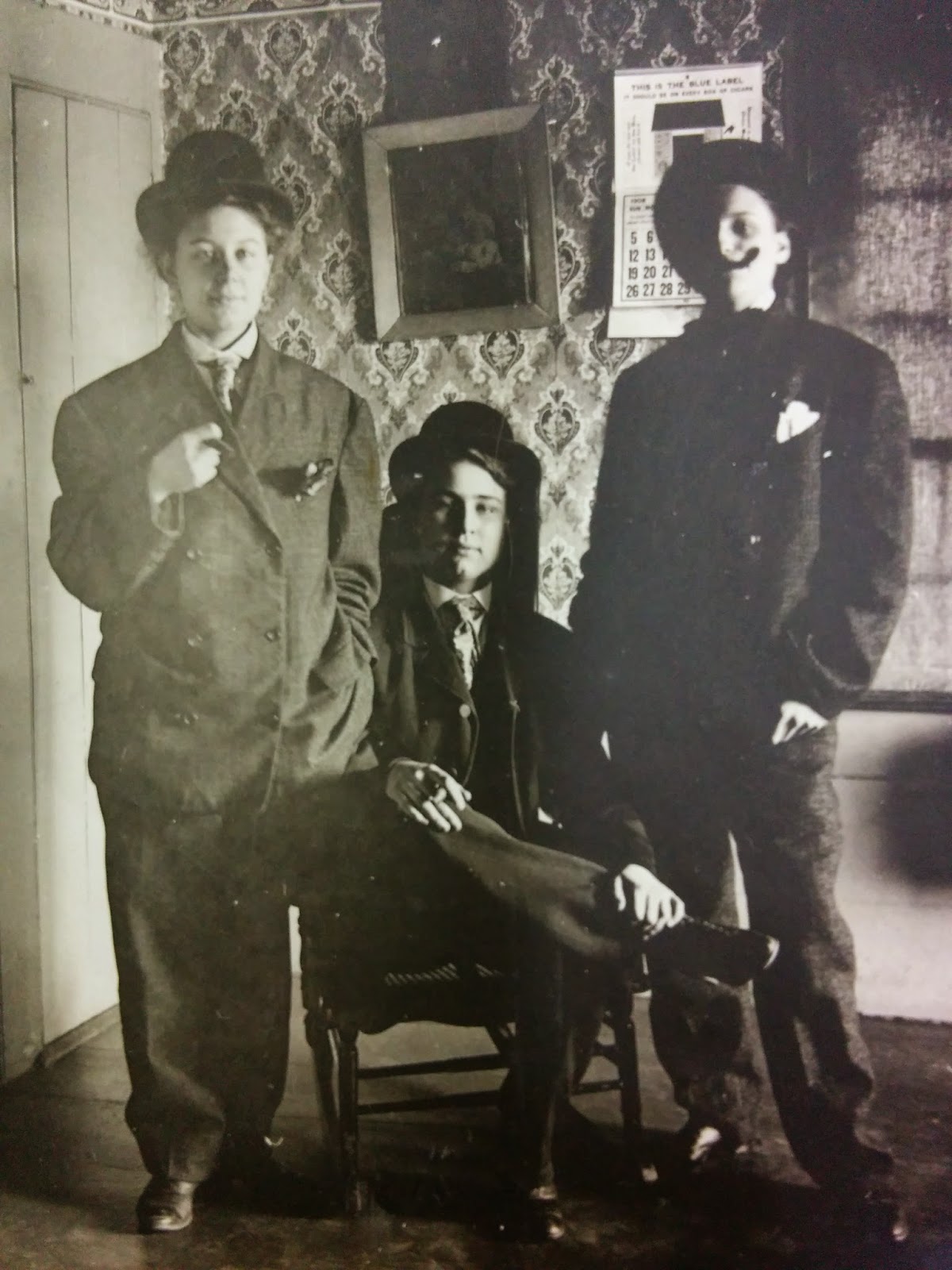 |
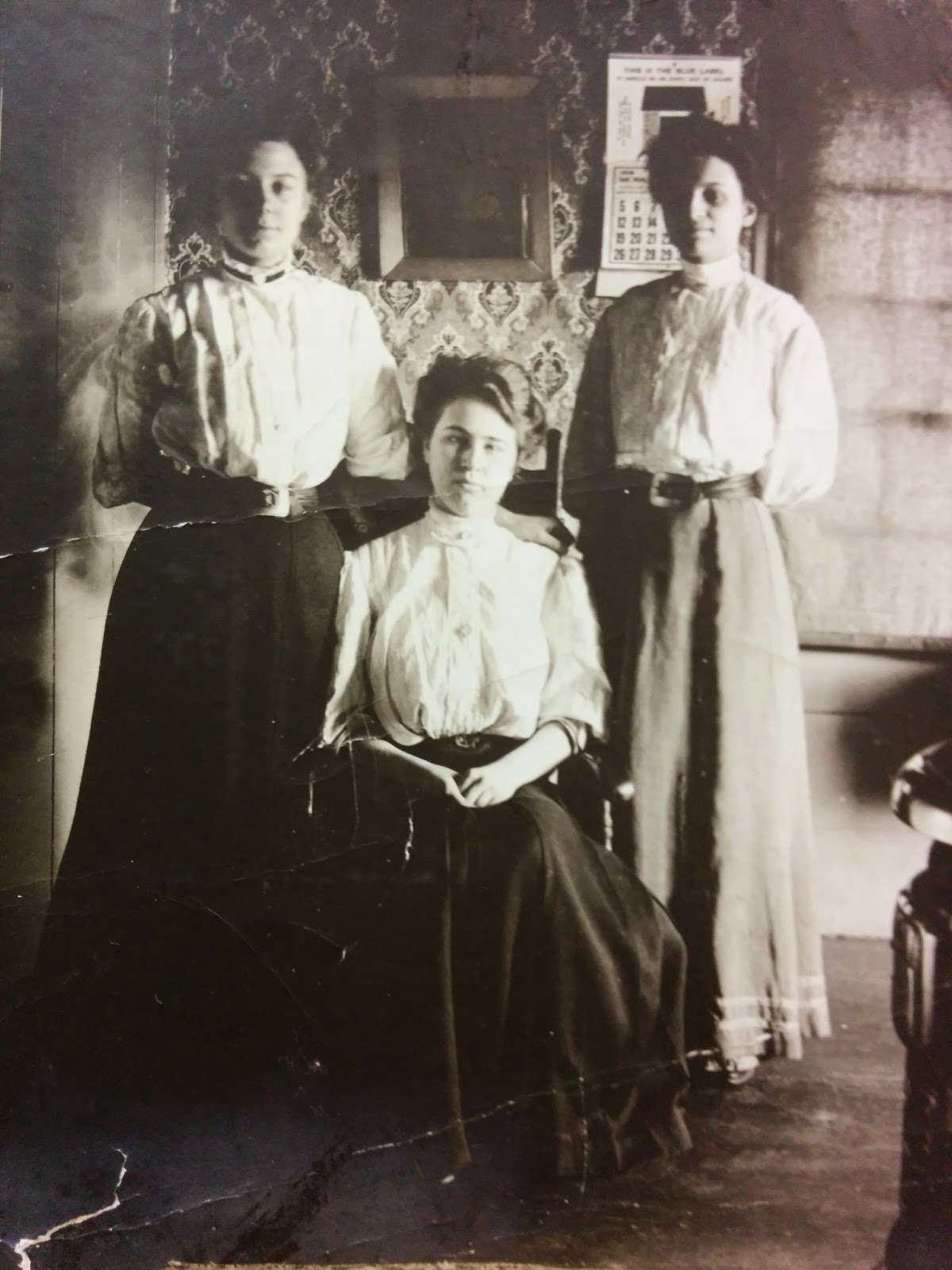 |
|
Edward Missling Photograph Album, William L. Clements Library
|
|
The reversal of gender norms serves here as a jovial turn amongst a group of friends. Other examples of women’s light-spirited cross-dressing appear in the Mark Anderson Gender Studies Collection.
Whether they appear mounted in photo albums or as individual items, images from the Graphics Division document women’s playful relationships with each other and with men’s fashion. Whether done in jest, for protection, or as an expression of identity, the way people use clothing reveals significant details about the role of gender in American life. Women’s History Month offers a chance to bring these matters to the forefront of our conversations, but the collections at the Clements Library provide first-hand glimpses into American women’s varied experiences year round.

